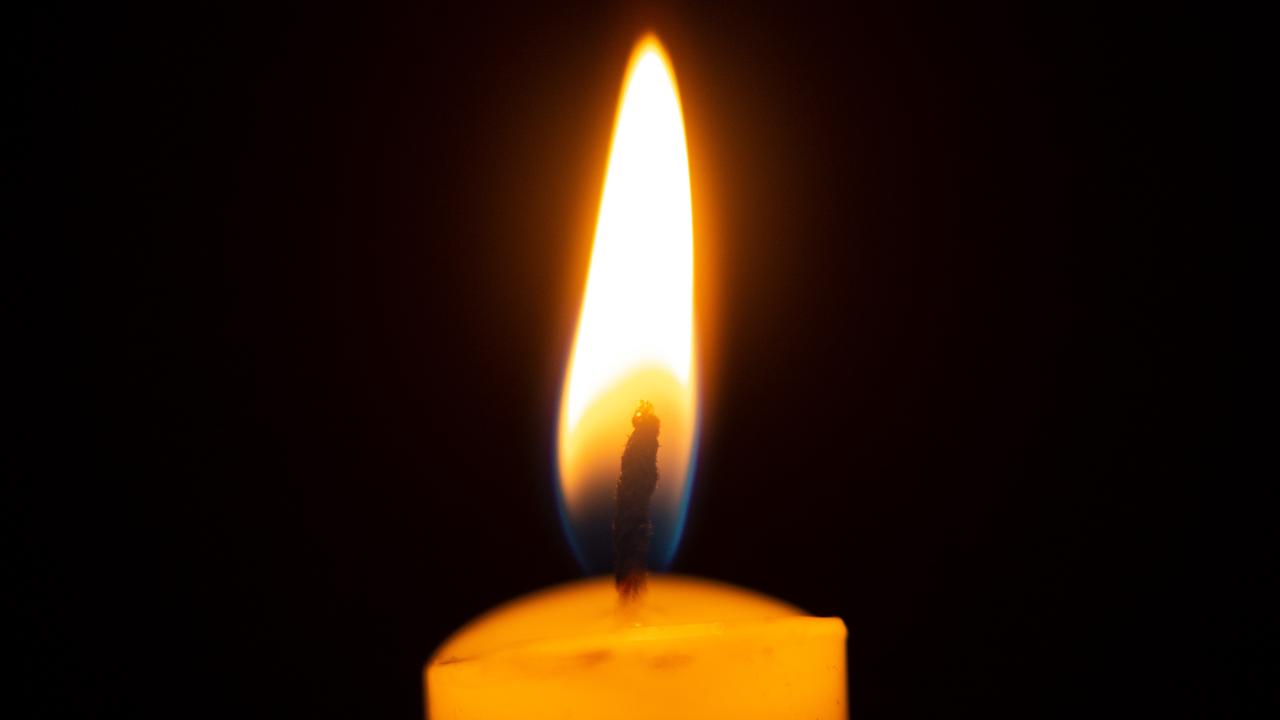Think you’ve got it tough today, ladies? A century ago you’d have been working for the Red Cross
THINK you’ve got stress going on today, ladies? This is what you would have been doing 100 years ago — could you have coped?
ANZAC Centenary
Don't miss out on the headlines from ANZAC Centenary. Followed categories will be added to My News.
WE’RE tuning in to a myriad of TV specials about World War One, reliving the horrors faced by fighting men and recounting the bravery of nurses who experienced the conflict up close.
But will there be a show about the phenomenal efforts of ordinary Australian women? And could the women of today have matched those efforts?
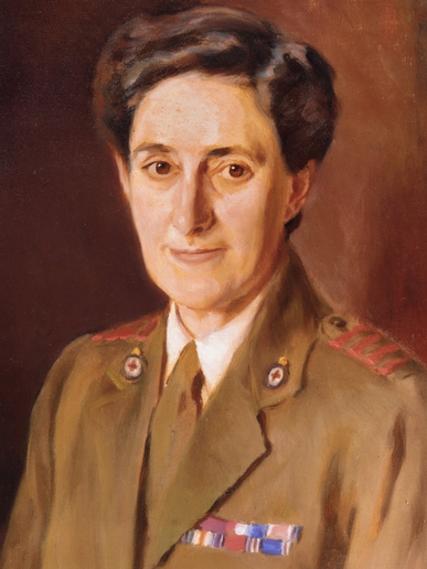
Women today feel pressured, working long hours, caring for family, fitting in study, driving kids, being contactable 24 hours a day. Spare a thought for their forebears who lived through WW1.
Tens of thousands of women donated their labour in homes, community halls and hospitals over four long years to bring comfort and aid to our fighting men and care for the wounded.
Some ventured overseas to be useful there. Some stepped into a man’s job, working up to 60 hours a week, doing the same job for half the pay. Most women did unpaid work in the home, cooking on wood-fired stoves and washing by hand.
SMALLER, BUSIER? AUSSIE WOMEN THEN AND NOW
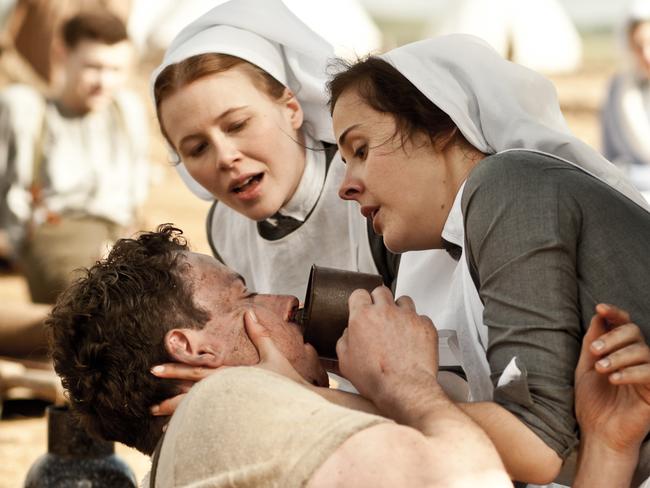
Australia’s birth rate peaked one hundred years ago at more than double the fertility rate today, so the average woman had a handful of kids.
She was smaller in stature and her life expectancy was around 66 years, compared with 85 years today.
She was likely to die of tuberculosis, pneumonia or the flu. Today the most common killers are coronary heart disease, stroke and dementia.
When Britain declared war on Germany on August 4, 1914, Australia pledged its support. The Australian Red Cross was formed nine days later — and women from all walks of life flocked to the cause, creating an army of volunteers. They raised nearly 5 million pounds for patriotic war funds supporting everything from soldiers to hungry Belgian children and war horses.
Before long there were over 2,200 branches across the country powered by hundreds and thousands of women, men and children. People expected the war to be short, and threw themselves into the work, keeping the home fires burning.
‘THIS WASN’T HIPSTER YARN-BOMBING’: THE WORK

Women wanted to play their part and took to producing an endless supply of food, clothing and comforts for soldiers, prisoners of war and civilian allies in Belgium and France. The industrious scale of the effort would rival any major department store today.
In cities and towns, women came together to knit, sew and cook, driven by an insatiable demand and a desire to bring comfort to a husband, a brother, a son.
This wasn’t hipster yarn-bombing or following celebrity recipes — it was relentless production, often done by hand, by women living harsh, isolated lives raising large families. In the first year alone millions of items were made, transported to city warehouses, packed in Red Cross crates and shipped overseas.
Mrs Fern from Yarram, Victoria knitted a pair of socks every week during the war because she knew a man fighting in the muddy trenches would want a new pair of socks every week to avoid trench foot.
When a nurse bathed a putrid soldier and deloused him, she washed him with a towel and dressed him in bandages, a clean pair of pyjamas and a shirt made by a Red Cross woman back home. The army simply couldn’t provide such supplies.
“Everything went to the Red Cross,” said Doris Baldwin, from Victorian farming community Kilsyth. “Even though we were farming and there wasn’t a lot of time to spare, we helped.”
FORMIDABLE ORGANISATION WAS NEEDED: WOMEN STEPPED UP
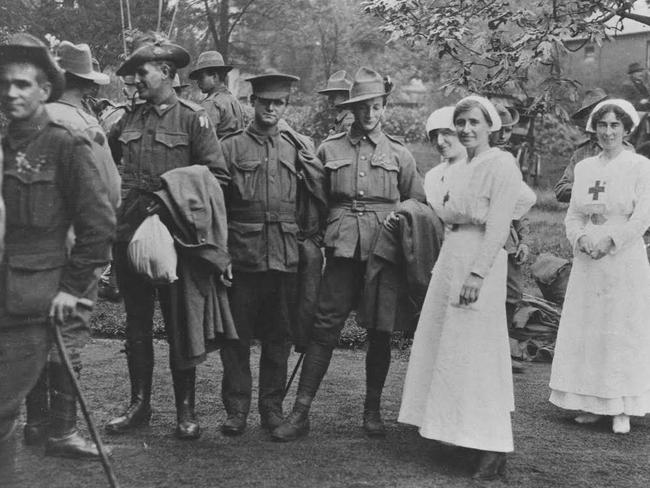
Across the world the humanitarian role of the Red Cross was specifically to care for the sick and wounded. During and after the Great War, military hospitals and convalescent homes sprung up across the country to care for the overwhelming numbers of injured soldiers.
The first hospital ship arrived back home in July 1915, and a national Voluntary Aid scheme was formed the next month, with teams of young women spread far and wide, trained in home nursing and first-aid.
There is a sense of the virtuous young Red Cross woman, a Voluntary Aid in her starched white uniform doing her duty with a spirit of loyalty and devotion.
Yet the woman who ran these homes were formidable organisers. Teams of young willing women did demanding, heavy work for years on end, washing, cleaning and caring for men with terrible injuries.
Some Red Cross homes operated for many years after the war, rehabilitating wounded soldiers and supporting their families.
‘DID HE SUFFER MUCH ... DID HE SEND ANY MESSAGE?’
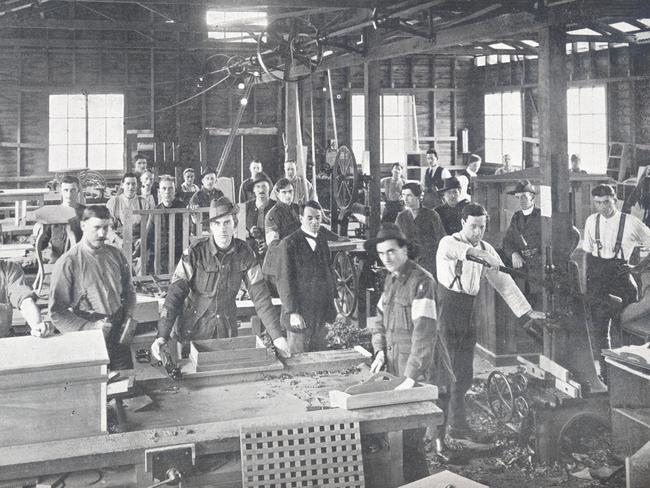
The government registered the departure of 343,200 men and 2,700 women with the Australian Imperial Forces. But adventurous women with means were eager to be involved, and hundreds more women travelled to Britain, Europe or Egypt under their own steam.
Some Australian women followed their husbands, sons and brothers to Egypt to volunteer in hospitals and comfort the wounded. On railway stations and hospital trains they handed out kitbags full of pyjamas, shirts, socks, paper and pencils, tooth powder, tobacco, towels and soap. These goods, so lovingly produced, were a lifeline to so many men far from home.
At 24, Vera Deakin travelled to Egypt, and later to London, to run the Red Cross Missing and Wounded Inquiry Bureau. She mobilised a large team of volunteers, dispatching more than 25,000 letters in just one year to answer questions from anxious relatives back home about the fate of loved ones. Preserved by the Australian War Memorial, these Red Cross letters are filled with hope, agony and heartbreak.
“I would like to know how long he lived after the wound,” pleaded one mother, Ellen Jones from Armidale in northern New South Wales. “Did he suffer much, and was he conscious, did he ask for his parents in any way and did he send any message … I am so anxious to know all about my dear boy.”
A troop of professional nurses called The Bluebirds, with their long, dark blue uniforms, were sent by Australian Red Cross as a gift to the French Government to meet their shortfall of nurses. Other Australian nurses, such as Sister Ruby Ingram from Melbourne, served in British Red Cross hospitals that cared for blinded and injured Australian soldiers.
‘A SPIRIT OF UNITY’: NEW GENERATION SIGNS UP
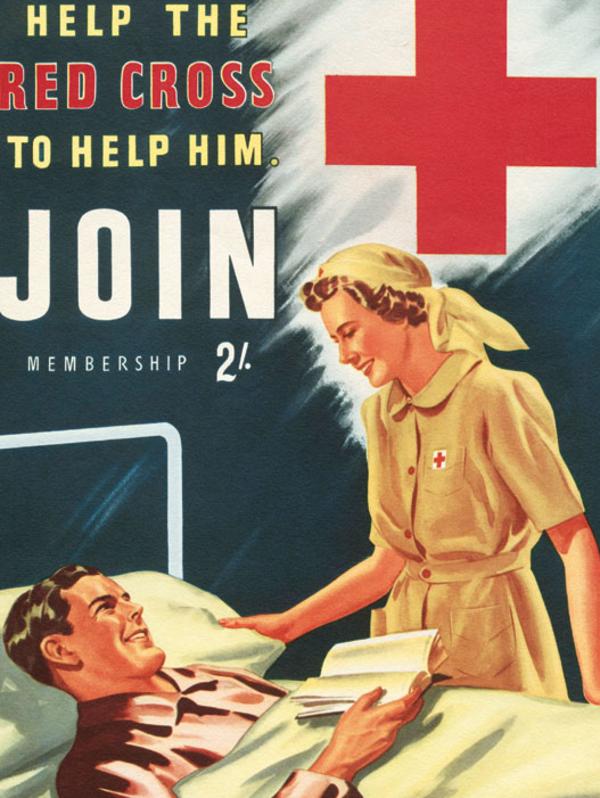

The founder of Red Cross, Lady Helen Munro Ferguson, was a trailblazer leading such a massive charitable enterprise during the war. She inspired other women to take on leadership roles in their community, and many went on to give a lifetime of voluntary service.
“Women from all parts of Australia and from all spheres of life have been drawn together in a common effort,” she said at the end of the First World War. “A strong bond has been created between them, and a spirit of unity and comradeship evoked, which will endure long after the close of our Red Cross war activities of 1914-1919.”
Red Cross peaked in WWII as the largest charitable organisation in Australia. Women worked tirelessly on the home front and served on the front lines.
Through the post-war era Red Cross expanded its welfare services to help people made vulnerable by migration, poverty and natural disasters.
After 100 years, a new generation of women are signing up.
Today women serve as nurses, health professionals and specialist aid workers in conflict zones like Afghanistan or South Sudan, and provide disaster relief, clean drinking water and improved health to our Asia Pacific neighbours.
At home, in over 1,000 locations across the country, young women and men are getting involved in a diverse range of emergency services and community programs. They’re carrying on a proud legacy forged by generations of dedicated women.
The need for Red Cross is greater than ever, and there’s never been a better time to get involved.
*Suzanne Gemmell works for the Red Cross
Originally published as Think you’ve got it tough today, ladies? A century ago you’d have been working for the Red Cross


